
Never Leave a Charger in Outlet Without Phone. Here Are the Top 6 Reasons Why

The Quiet Costs of Everyday Oversights
Most of us move through daily life without giving much thought to the little things running quietly in the background. A phone charger left in the wall after the device is unplugged. A television humming faintly in standby mode. A microwave clock blinking at us long after dinner is finished. These details seem too minor to matter, almost invisible in the rhythm of a busy day. Yet each of these small oversights tells a bigger story—one about energy wasted, safety risks ignored, and unconscious habits that accumulate into real and measurable consequences.
In popular culture and media, attention often gravitates to the dramatic: blockbuster hits, headline scandals, or technological breakthroughs that promise to change everything. But just like the faint glow of a forgotten charger, it is often the quiet, overlooked details that reveal the most about how we live and the choices we make. The charger in the wall, then, becomes more than a trivial utility slip—it is a symbol of how unnoticed routines ripple outward into culture, lifestyle, and even the stories we tell about ourselves.
The Hidden Drain on Your Power
A charger left plugged into the wall may look harmless, but it rarely sits truly idle. Even without a device attached, electricity continues to flow—a phenomenon energy experts call “phantom load” or standby power.
The numbers reveal how significant this invisible drain has become. According to U.S. studies, households collectively lose up to $19 billion every year to standby power, with the average home paying as much as $165 annually for electricity that provides no benefit. It is money spent on nothing more than current seeping through devices we’ve already walked away from.
The consequences extend well beyond household budgets. Every wasted watt requires additional fuel to be burned, adding carbon emissions and placing further stress on an already strained energy grid. What begins as a charger left behind in a socket quickly becomes part of a much larger global pattern—one where unconscious habits amplify both financial costs and environmental harm.
1. Energy Loss Without Purpose
The U.S. Department of Energy has confirmed that many devices continue to draw power even when “turned off,” with chargers being among the most common culprits. Research from the National Renewable Energy Laboratory and Efficiency Maine shows these hidden loads can account for up to 15 percent of a device’s energy use.
Individually, the numbers seem small. But multiplied across 120 million households, the effect is staggering—nearly $19 billion in wasted electricity every year. That energy not only drains wallets but also represents countless tons of greenhouse gases released into the atmosphere.
Unplugging unused chargers is, therefore, more than an exercise in thrift. It is a small but meaningful act of responsibility that helps shrink bills while reducing the environmental toll.
2. Fire Risks from Idle Chargers
An unused charger can also pose hidden safety hazards. Older devices, uncertified knockoffs, or chargers left connected for long periods may generate heat even without a phone attached. Over time, this heat can build up unnoticed, creating a potential ignition source.
The National Fire Protection Association (NFPA) attributes thousands of residential fires each year to electrical malfunctions and small electronics. The risks rise when chargers are left near bedding, curtains, or papers—common spots in many households. Even reputable chargers are not immune, as poor ventilation, manufacturing defects, or prolonged wear can cause failures.
Unplugging a charger after use is, therefore, not only about saving a few dollars—it is a straightforward way to reduce preventable accidents and ensure safer households nationwide.
3. Reduced Lifespan of Chargers
A plugged-in charger is never completely at rest. Electricity continues to pass through its components, gradually wearing them down. Capacitors weaken, insulation thins, and the device slowly loses efficiency.
The result is noticeable in daily life: chargers that heat up quickly, power devices more slowly, or fail altogether. Replacing them not only costs money but also adds to the growing mountain of electronic waste.
By unplugging after use, households can extend the lifespan of their chargers, saving money while reducing the volume of discarded electronics that end up in landfills.
4. Indoor Air Quality Concerns
Chargers are built from plastics and electronic components that can release volatile organic compounds (VOCs) such as benzene and formaldehyde when they overheat. The U.S. Environmental Protection Agency (EPA) warns that VOCs contribute to poor indoor air quality and can aggravate respiratory issues.
For children, older adults, or people with asthma, long-term exposure—even at low levels—may worsen symptoms. Leaving chargers plugged in overnight in bedrooms or poorly ventilated offices can increase this subtle but important risk.
Fortunately, small steps like unplugging devices, ensuring airflow, and choosing certified electronics can keep indoor spaces healthier and safer.
5. Household Hazards for Children and Pets
To adults, a charger may look harmless. To children and pets, it looks like a toy. The U.S. Consumer Product Safety Commission (CPSC) warns that contact with live electrical components can cause shocks and burns.
Puppies may chew cords while teething, and cats may swat at dangling wires. A plugged-in charger in these situations can lead to electrical injuries, fires, or even costly vet bills. By simply unplugging and safely storing chargers, families can prevent unnecessary accidents and better protect their most vulnerable household members.
6. Contribution to E-Waste and Environmental Strain

Prematurely worn-out chargers don’t just burden wallets—they contribute to one of the world’s fastest-growing waste streams: electronic waste (e-waste). Each discarded charger represents metals, plastics, and chemicals that often end up leaching into soil and water.
Reports from Wired and other outlets highlight how idle electronics contribute not just to billions of dollars in wasted electricity but also to rising carbon emissions and mounting waste. Extending the lifespan of devices through simple habits like unplugging is one of the most direct ways to reduce this strain.
Practical Steps for Safer and Smarter Charging
Awareness is valuable, but action is essential. These simple practices can turn good intentions into real-world results:
-
Use switchable power strips: With one tap, you can cut power to multiple devices at once.
-
Set reminders: Alarms or smart home notifications help build unplugging into daily routines.
-
Choose energy-efficient products: Look for ENERGY STAR labels or “low standby” certifications.
-
Store chargers safely: Designated storage keeps cords out of sight and away from children or pets.
-
Track energy use: Smart plugs or monitors provide real-time data, reinforcing the impact of small changes.
Each step may seem modest, but together they represent meaningful progress toward safer, more sustainable homes.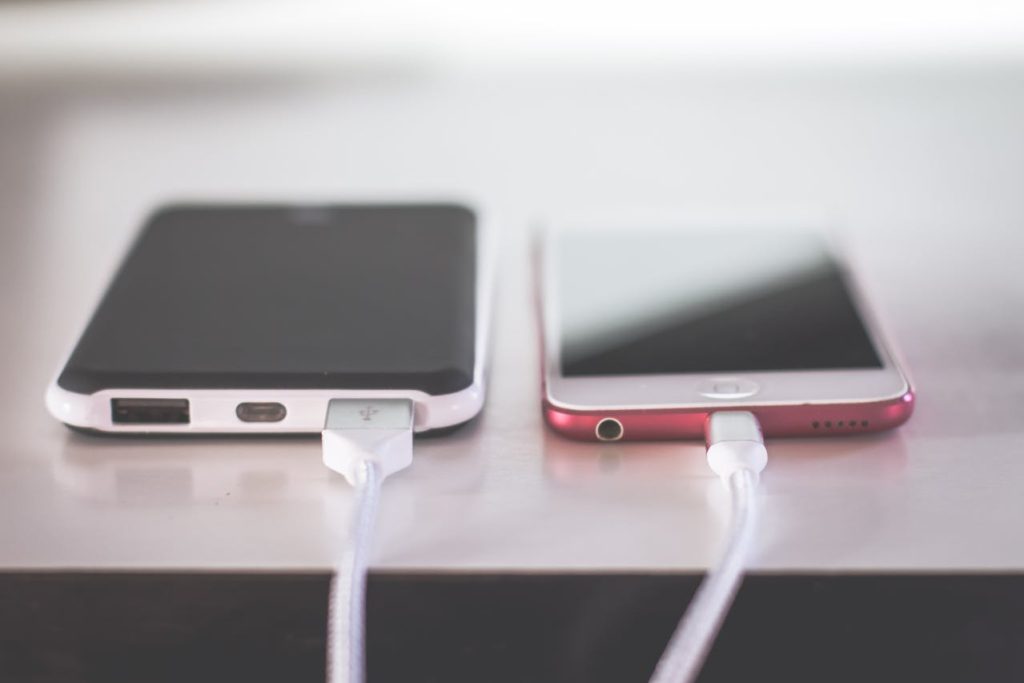
The Power of Small Choices
The story of the forgotten charger is ultimately about perspective. What looks insignificant at home reflects a broader reality: small, repeated actions shape our finances, our safety, and the environment we share.
Unplugging a charger will not solve global energy or waste crises on its own. But multiplied across millions of households, it reduces costs, lowers emissions, prevents fires, and slows the tide of e-waste. It proves that responsibility doesn’t always require sweeping reforms. Sometimes it begins with the smallest of choices.
In a world where headlines pull us toward the dramatic, the charger in the wall reminds us that quiet, everyday decisions matter too. Change rarely arrives all at once—it grows out of simple, consistent habits. And in that way, every unplugged outlet is a step toward a safer, smarter, and more sustainable future.
News in the same category


Student dies by suicide after undergoing a beard transplant in Turkey from an ‘estate agent posing as a surgeon’

The Sun Begins Killing off Elon Musk’s Starlink Satellites as Scientists Sound Alarm

3 Coffee Types That Can Add Years to Your Life and Shield You from Heart Disease and Stroke
Enjoying two to three cups of ground, instant, or decaf coffee daily can be a powerful step toward a longer and healthier life.

Bananas Are Packed With Nutrients, But These 4 Groups Should Avoid Eating Too Many
Bananas are undeniably one of the most versatile and beneficial fruits. From boosting digestion to supporting heart health, they offer a wide range of nutrients. However, they are not suitable for everyone.

9 Early Warning Signs of Stomach Cancer You Should Never Ignore
. Paying attention to subtle but persistent warning signs, combined with regular health screenings, offers the best chance for timely intervention.

MAHA Chief Medical Advisor Dr. Aseem Malhotra Just Declared That No One Should Have Ever Taken the COVID mRNA Vaccines.

New mRNA Shot Turns Immune Cells Into Cancer-Killers Directly Inside the Body, Study Finds

Groom-To-Be, 28, Dies of Acute Liver Failure After Eating Chicken: Doctors Urge the Public to Beware of This Hidden Danger
The tragic story of a young man in China who was preparing for his wedding but suddenly died from acute liver failure after food poisoning has shocked the nation. Experts warn that improper food handling and consumption of spoiled or contaminated food can

He Never Drank Alcohol but Died of Liver Failure: Doctors Reveal 4 Common Foods That Quietly Destroy the Liver
A man who stayed away from alcohol his entire life shocked his family when he was diagnosed with liver failure and passed away at just 55 years old. Doctors warn that alcohol is not the only enemy of the liver—certain everyday foods can be just as destr
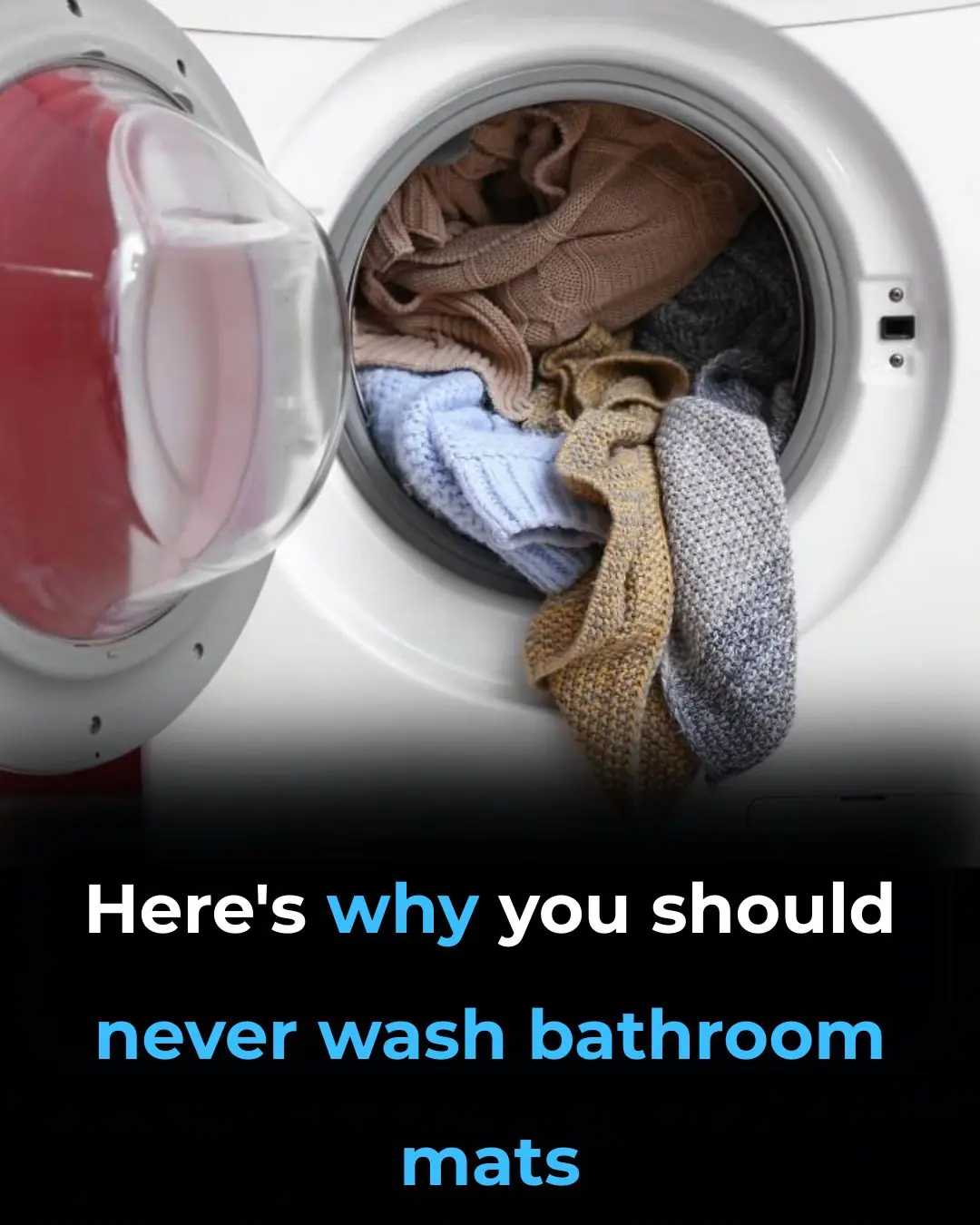
Why You Shouldn’t Be Washing Bath Mats in the Washer

Snakes in Your House

3 Hidden Husband Habits That Could Raise Their Wives’ Cervical Cancer Risk
Husbands may not always realize it, but their daily choices play a huge role in shaping their wives’ long-term health.
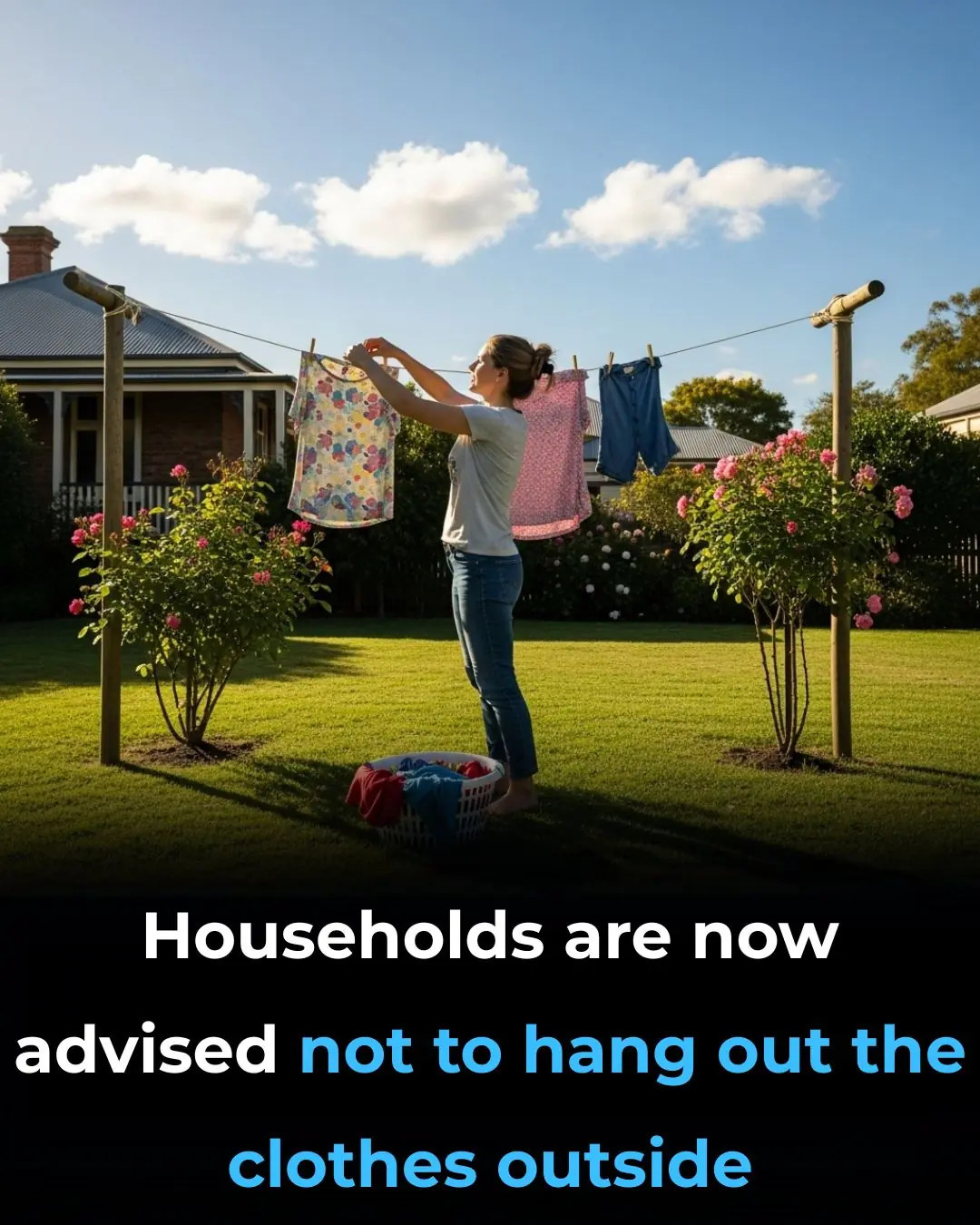
Why Is It Not Recommended To Hang Out The Clothes Outside

Sleeping Position With Your Partner

Research Shows Chocolate Milk is More Effective Than Energy Drinks

When Goosebumps May Be a Warning Sign

Effective Methods to Keep Ginger Fresh for Extended Periods

The Truth About Eating the Black Vein in Shrimp Tails
News Post

Save this valuable remedy that helps de:toxify and can save the life of someone bitten by a ra:bid d:og or snake in just 1 minute.

The method to drive away an entire rat colony using just a handful of rice, without the need for harmful poisons.

Clean your house with this simple trick using water, and the house will be as clean as new, with no dust sticking, even if you don't clean it for a whole week.

Simple Homemade Cough Syrup Removes Phlegm From The Lungs

Eat this #1 meal to help unclog your arteries naturally

Canker Sores Are The Absolute WO:RST…Here’s How To Get Rid of Them Fast!

Mimosa Pudica Tea: How to Prepare and Health Benefits

7 Benefits and Uses of Ageratum conyzoides

Tips to clean rust from gas stoves with rice water and cooking oil, seems like a joke but the effect is surprising, the stove is sparkling clean
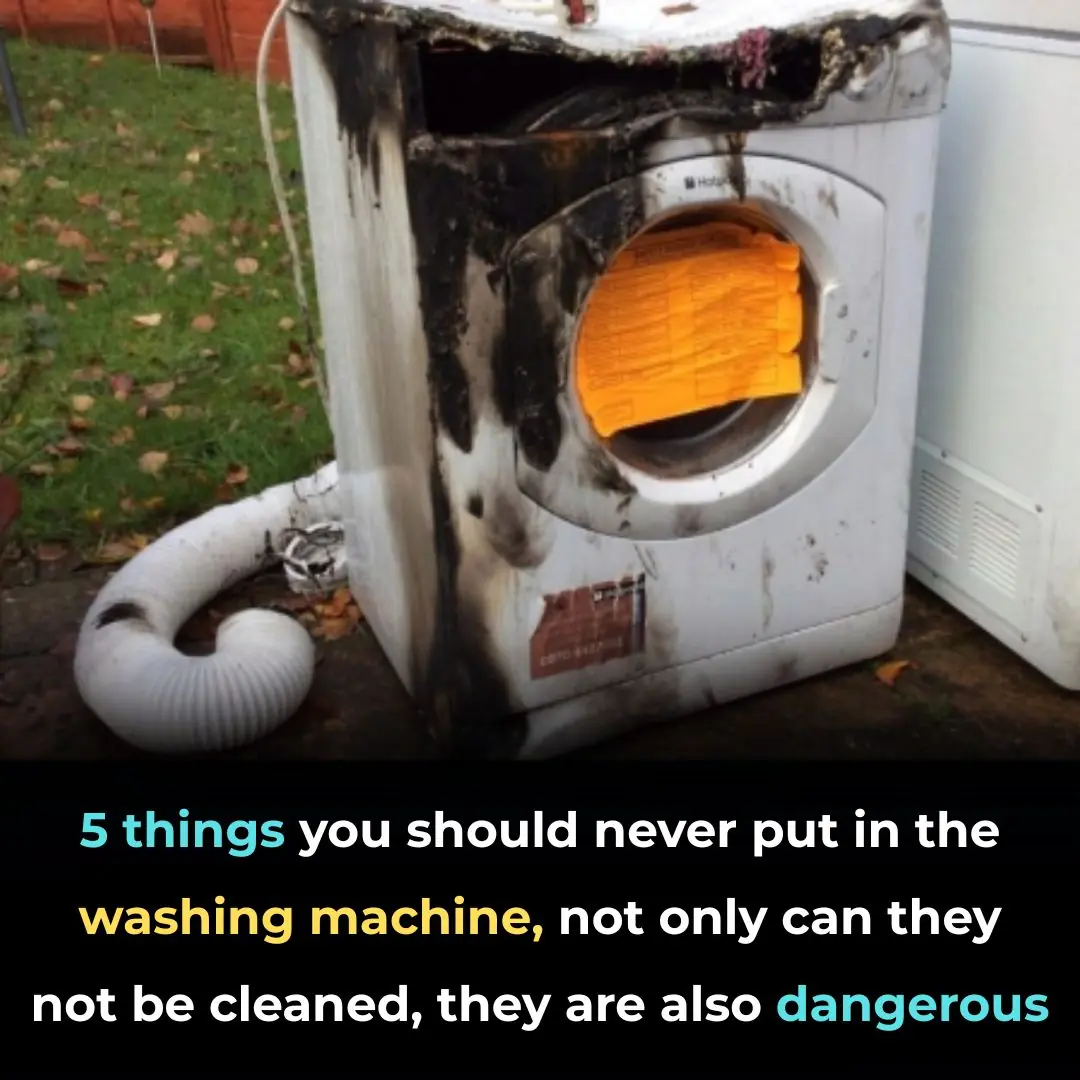
5 things you should never put in the washing machine, not only can they not be cleaned, they are also dangerous

The small round hole at the end of the nail clipper is useful

Mix toothpaste with rice water: Great use, solves problems both men and women encounter

Eating green bananas this way is very good for your health
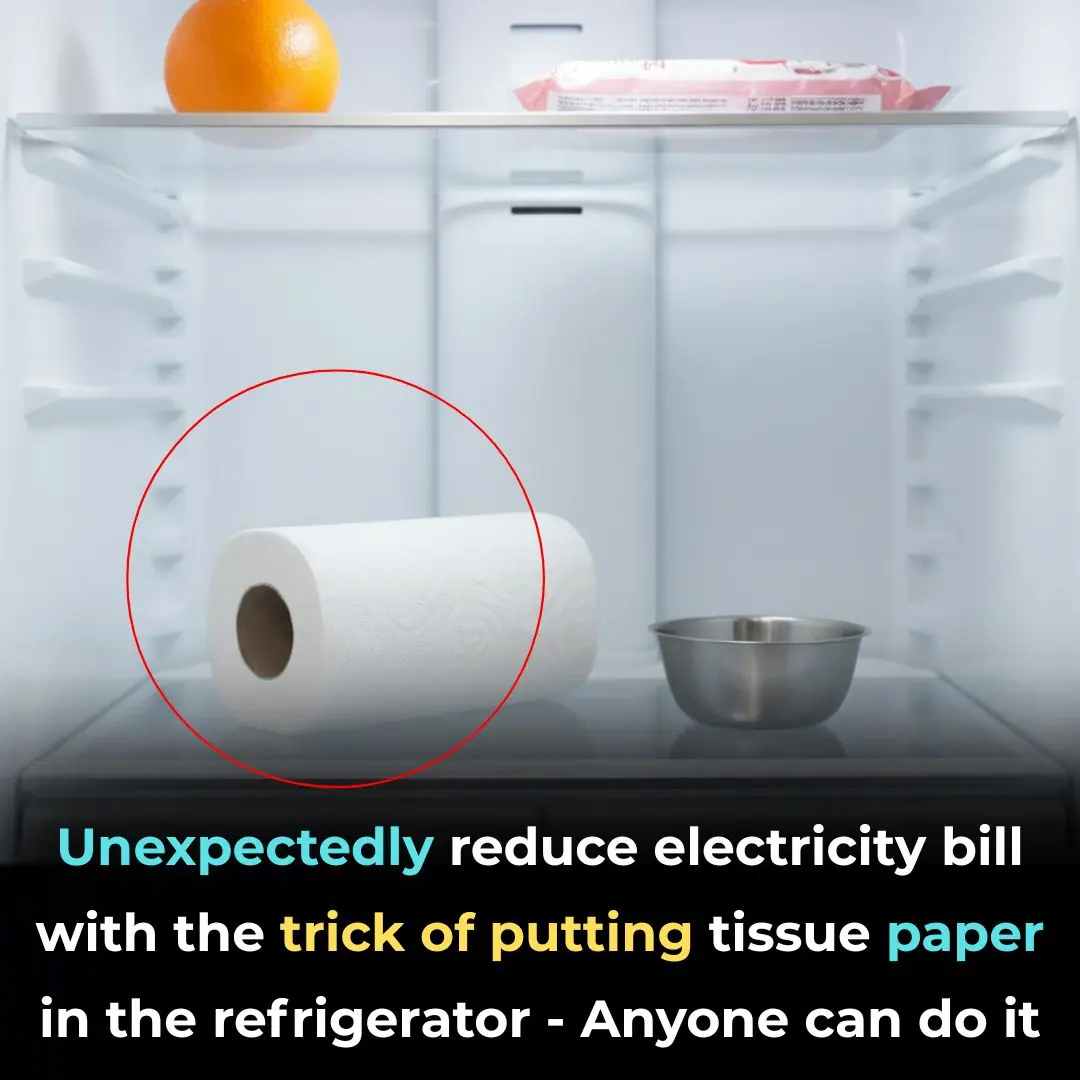
Unexpectedly reduce electricity bill with the trick of putting tissue paper in the refrigerator - Anyone can do it

10 Shades of Japanese Whitening Secrets: Rice-Based Beauty Formula for Wrinkle-Free, Spotless Skin

This type of powder is often found in the kitchen. Just sprinkle a little on ornamental plants, the buds will be dense, and the flowers will fill the garden

Don’t Boil Eggs Directly In Water — Here’s How FIVE-STAR Hotels Cook Their Eggs!

When someone in the family passes away, you should know that you should not keep these 4 relics for your children and grandchildren.

3 mistakes when using plastic wrap that can cause cancer that many people make
